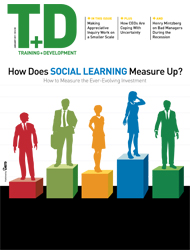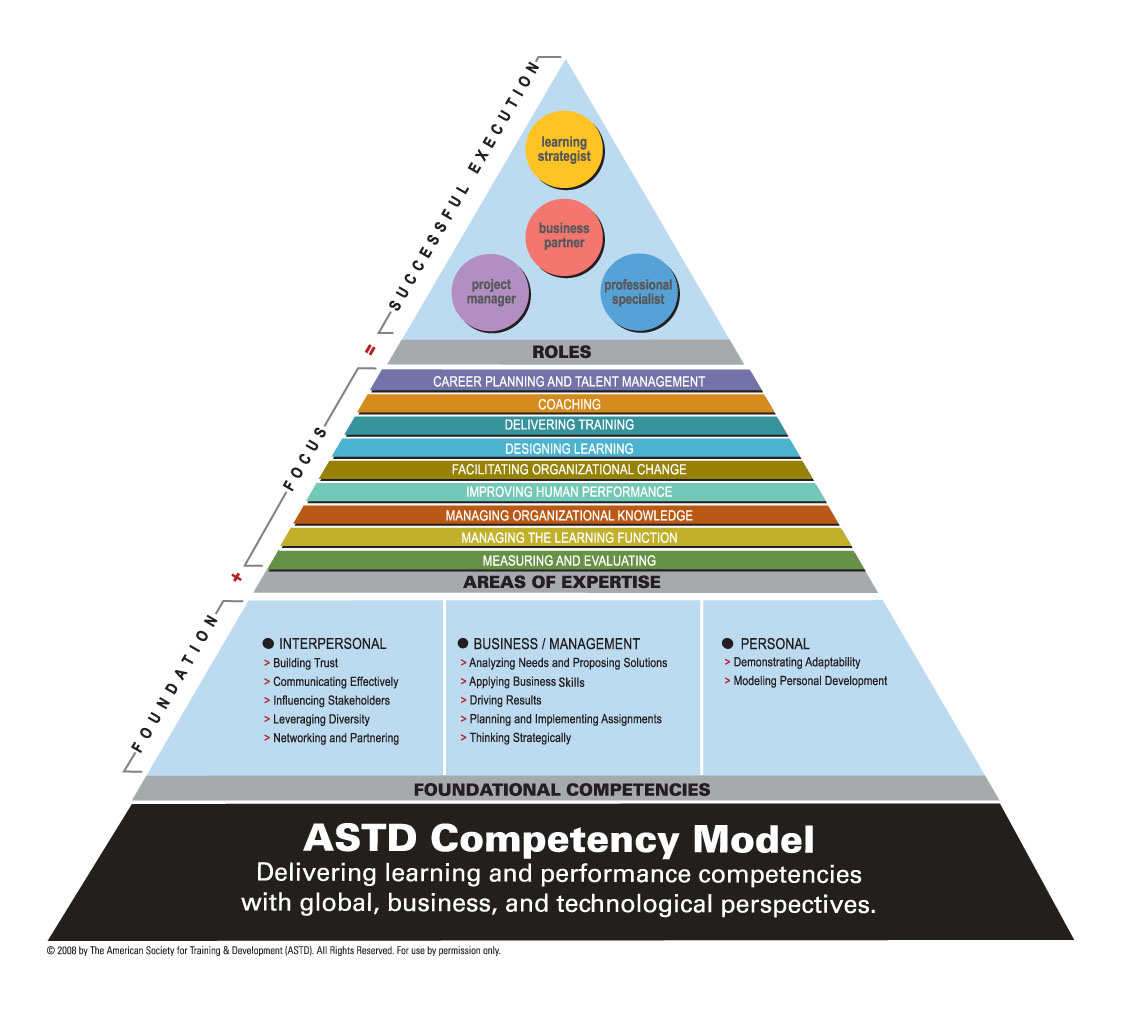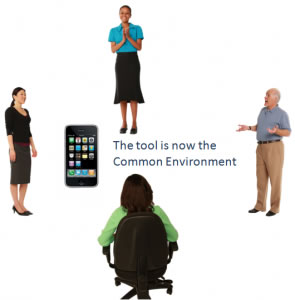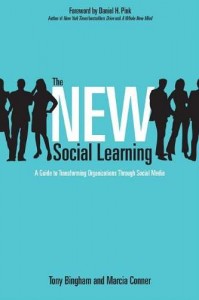 Social media is not just a generational fad of the millenials and Gen Y. Organizations are doing more with less and will continue to do so for the foreseeable future. This means even after economic rebound, companies will likely keep the belts tightened. Investments in people are under the microscope. Payroll has been typically one of the larger investments a company makes. And, like with any investment today, companies want to maximize their ROI. Many companies have discovered social media is the answer to “just in time” learning. Social media and social learning does not have to be something where we have to feel we are drowning. Upon seeing what is possible in other companies, many are embracing the value of this tool.
Social media is not just a generational fad of the millenials and Gen Y. Organizations are doing more with less and will continue to do so for the foreseeable future. This means even after economic rebound, companies will likely keep the belts tightened. Investments in people are under the microscope. Payroll has been typically one of the larger investments a company makes. And, like with any investment today, companies want to maximize their ROI. Many companies have discovered social media is the answer to “just in time” learning. Social media and social learning does not have to be something where we have to feel we are drowning. Upon seeing what is possible in other companies, many are embracing the value of this tool.
Companies are leveraging mobile devices for new hire  orientation, on the job training and as a means to provide answers to questions that are just just clicks away. The term, social learning (discussed in an earlier post) is taking on a new definition. The debate now, with the recently announced revisions to the ASTD Competency Model for the workplace learning and performance profession is how deep does our knowledge, skills and abilities need to be as professionals in the industry.
orientation, on the job training and as a means to provide answers to questions that are just just clicks away. The term, social learning (discussed in an earlier post) is taking on a new definition. The debate now, with the recently announced revisions to the ASTD Competency Model for the workplace learning and performance profession is how deep does our knowledge, skills and abilities need to be as professionals in the industry.

The answer lies in understanding the strategic role we now must play. We owe it to the organizations we serve to help them do more with less. This means lowering the costs of training, even thise hidden from view, the time people are in training and the decrease in productivity while they are in training. Adults learn best when we are driving it at our own pace.
Our role, as a strategic partner, is to speak to the bottom-line.  We should identify the gaps and needs. Then position social learning and social media in a way that solves these issues. Benefits commonly include real time information, increased productivity, improved collaboration across the enterprise, spurs innovation, and is an effective recruiting tool.
We should identify the gaps and needs. Then position social learning and social media in a way that solves these issues. Benefits commonly include real time information, increased productivity, improved collaboration across the enterprise, spurs innovation, and is an effective recruiting tool.
Considerations when presenting social media as part of a training strategy include:
- Sell the Value: The scope of our knowledge as professionals should be to speak the the value. Outline the recommended implementation plan to address the gap(s) and needs identified. Include the costs. Reframe a focus from “costs” and “expenses” to than of an investment. This is an investment in productivity. Answer the question: How does social learning contribute to our ROI and profits?
- Understand the technical: Understand and and be able to help identify and speak to the technical needs, risks and solutions. Credibility is established when there is a subject matter expert (SME) involved that understands the business. We can assume the role of SME and consult IT. We can then anticipate their questions, such as those related to the firewall, time playing on the Internet, etc. Answer the question: How will this be implemented with minimal interruption to the business?
- Influence the decision and sustain change: Understand the fear that exists at all levels and address this so it makes sense. Address the “What’s in it for me?” (WIIFM) of stakeholders. Find change agents that can role model and help implement the change. Position the recommendation in a way that makes sense by citing risks is this is not implemented. Allow the decision to be theirs so everyone takes ownership, from the executive sponsor to the front lines. Answer the question: How will this improve productivity?
 There are of course many other considerations and benefits this technology can bring beyond training. It is a way to manage information. As discussed in an earlier post, informal learning occurs regardless. Companies that invest in their informal learning are realizing a competitive advantage and increases in productivity.
There are of course many other considerations and benefits this technology can bring beyond training. It is a way to manage information. As discussed in an earlier post, informal learning occurs regardless. Companies that invest in their informal learning are realizing a competitive advantage and increases in productivity.
It is really not a matter of will companies begin to leverage this as a learning platform/modality, it is a matter of when. In fact, if organizations probe deeper, they will often realize their people are already using it, even if it is from their own personal mobile devices. SO, if not now when? When is “now” a good time?
 Our job security lies in our ability to accept and embrace change. We are the master change agents. It would be remiss to not also address the imnportance for us as professionals to also buy in to the value and embrace this as another tool we have in our tool box. As with any tool, we need to understand how to use it and keep it sharp. We therefore need to keep inform of changes to social media. My role is not so different than that of my personal physician. After all, would you not want the best available to make you well? My doctor has earned my confidence and has to keep informed of the latest. I see my role running quite parallel to this?
Our job security lies in our ability to accept and embrace change. We are the master change agents. It would be remiss to not also address the imnportance for us as professionals to also buy in to the value and embrace this as another tool we have in our tool box. As with any tool, we need to understand how to use it and keep it sharp. We therefore need to keep inform of changes to social media. My role is not so different than that of my personal physician. After all, would you not want the best available to make you well? My doctor has earned my confidence and has to keep informed of the latest. I see my role running quite parallel to this?



